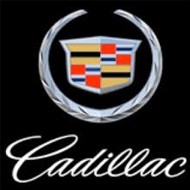Diagramatic animations range from simple animated charts, logos and symbology to elaborate branding expressions. Usually, the client begins with a vision or conceptual goal.
- Phase 1. Vision Statement – Your team and Avekta try to express the client’s vision in as brief a statement as possible, often expressed in sketches, photo clippings or even music.
- Phase 2. Story Board – Avekta’s artists draw each significant frame in such a way that the you can instantly understand the concept and sign off on the next phase. Here, we decide what will be shot live action and what will be computer generated imagery (CGI).
- Phase 3. Object Creation – Each object in the story board is created from basic polygon shapes, which may change during the animation. Color, texture and internal lighting is applied to add controlled degrees levels of reality.
- Phase 4: Staging and Motion Scripting: We place the objects within a space, defined by atmospheric effects, lighting and surfaces. The objects are then moved through the virtual camera’s point of view. Still frames are made for you to approve.
- Phase 5: Rendering – When you approve of the representative still frames, we we initiate the rendering of each frame with intricate detail and resolution. Often the results reveal the need for changes. We execute the changes and re-render. And re-render. And re-render, until we get just the look you expect. And we keep you within budget.
- Phase 6: Compositing – Sometimes CGI elements are combined with real life elements. A CGI car on a real street. A real person in a CGI forest. Such combinations are called, “compositing.” We may composite dozens of separate layers to achieve the desired effect. The final composite is then rendered to your approval and delivered in any format you wish, in resolutions high enough to be printed on building-side posters.
BRING US YOUR CONCEPT FOR A FREE ESTIMATE: animations@avekta.com

 LinkedIn
LinkedIn YouTube
YouTube
